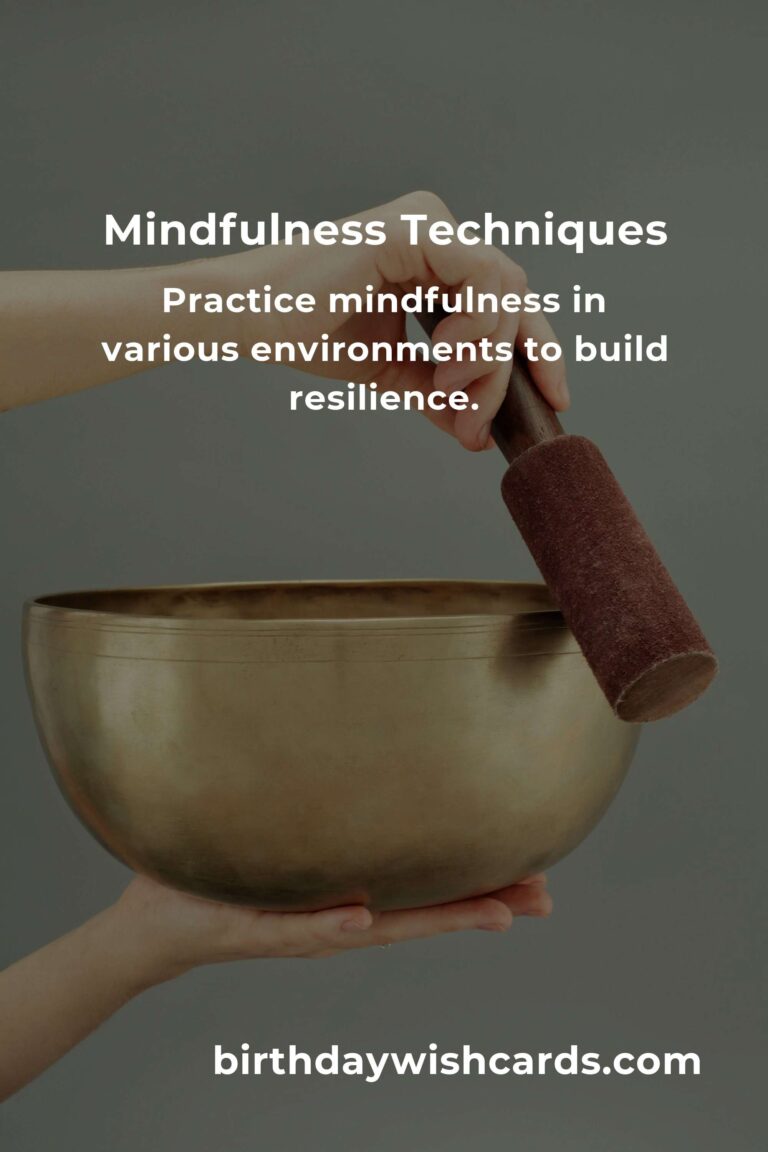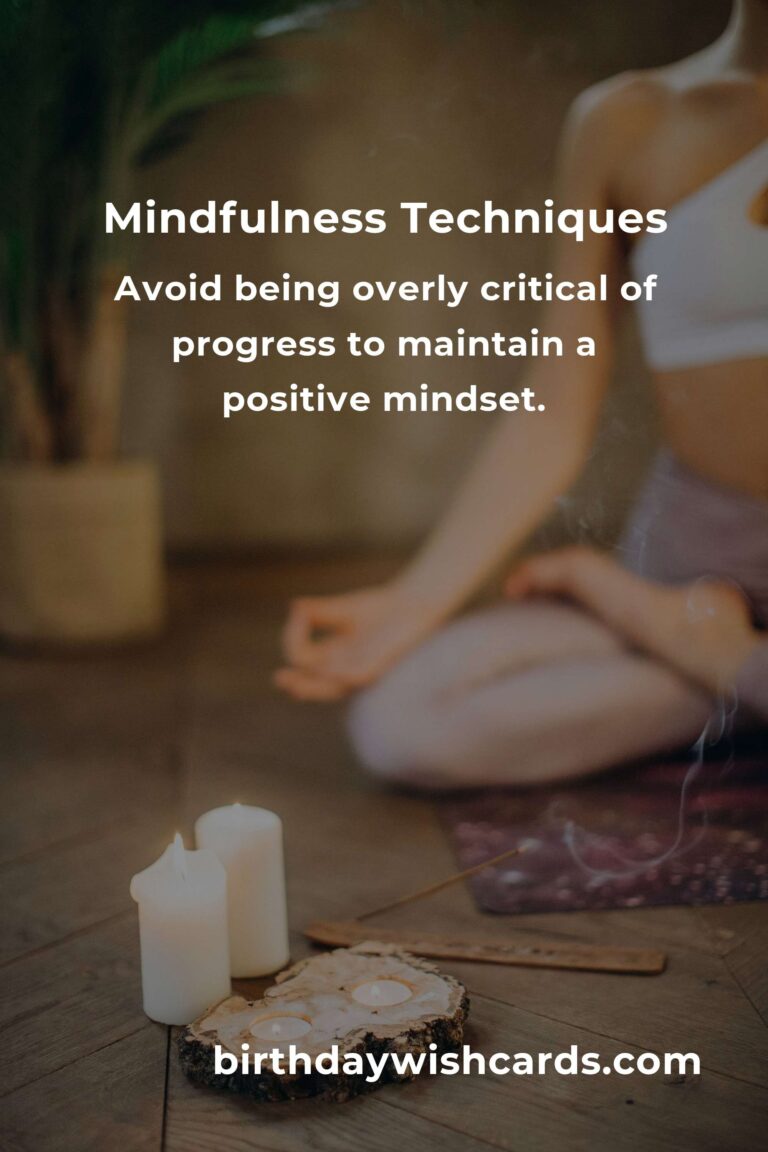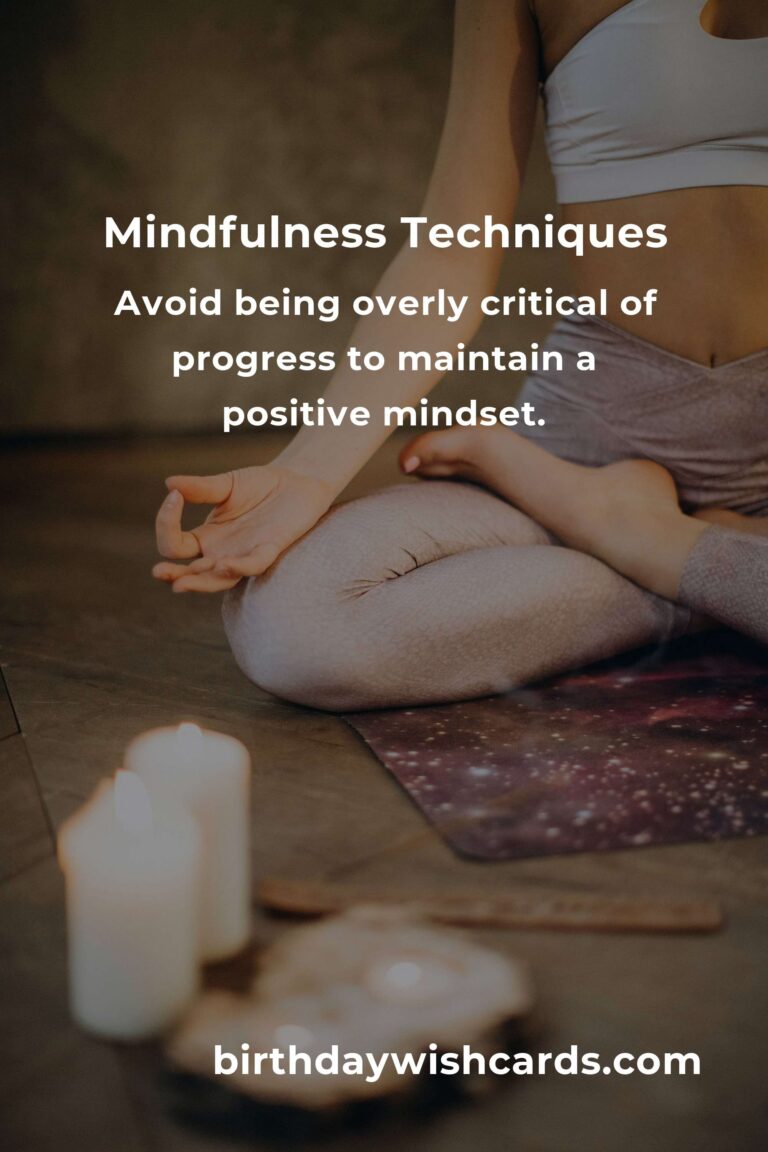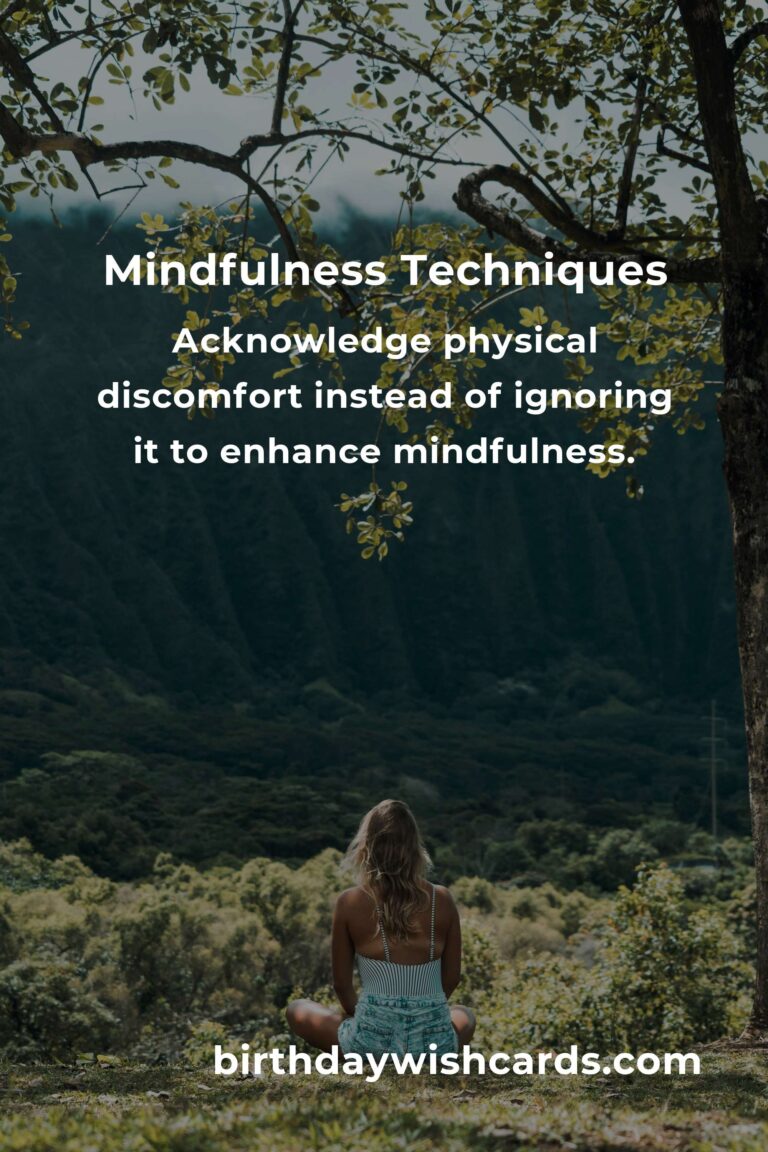
Mindfulness has become an increasingly popular practice for stress reduction, mental clarity, and overall well-being. However, like any skill, it requires practice and understanding to be effective. Many people encounter obstacles due to common mistakes made when practicing mindfulness. In this article, we will explore these common mistakes and provide guidance on how to avoid them.
1. Expecting Immediate Results
One of the most frequent mistakes is expecting mindfulness to provide instant results. Many individuals start practicing mindfulness hoping for immediate peace and clarity. While some may experience quick benefits, for most, mindfulness is a gradual process that requires patience and persistence.
To avoid this mistake, it is important to approach mindfulness with realistic expectations. Understand that it is a journey, not a destination. Consistent practice over time will yield the most significant benefits.
2. Overthinking the Practice
Another common mistake is overthinking the practice itself. Mindfulness is about being present and aware, not about achieving a perfect state of mind. Some individuals become too focused on whether they are doing it correctly, which can lead to frustration and eventually giving up.
To overcome this, focus on the process rather than the outcome. Allow yourself to be in the moment, observing thoughts and feelings without judgment. Remember, there is no wrong way to practice mindfulness.
3. Inconsistent Practice
Like any skill, mindfulness requires regular practice to be effective. Some people practice sporadically, expecting the occasional session to have a lasting impact. Unfortunately, inconsistency can hinder progress and make it harder to integrate mindfulness into daily life.
To avoid inconsistency, try to establish a routine. Set aside a specific time each day for mindfulness practice, even if it’s only for a few minutes. Consistency helps reinforce the habit and makes mindfulness a natural part of your daily routine.
4. Ignoring Physical Discomfort
Physical discomfort can be a barrier to effective mindfulness practice. Some people ignore or suppress feelings of discomfort, which can become distracting and prevent full engagement in the practice.
Instead of ignoring discomfort, acknowledge it. Make adjustments to your posture or environment if necessary. Use discomfort as an opportunity to practice awareness and acceptance, which are key components of mindfulness.
5. Practicing Only in Ideal Conditions
Many people wait for the perfect conditions to practice mindfulness, such as a quiet room or a specific time of day. While these conditions can enhance the practice, they are not always necessary or possible.
To truly integrate mindfulness into your life, practice in various environments and situations. This helps build resilience and adaptability, enabling you to remain mindful even in less-than-ideal circumstances.
6. Being Critical of Progress
Finally, a significant mistake is being overly critical of one’s progress. Mindfulness is a personal journey, and comparing oneself to others can lead to discouragement and self-doubt.
Instead of comparing progress, focus on personal growth. Celebrate small victories and recognize that setbacks are part of the journey. Cultivate a mindset of self-compassion and patience.
In conclusion, mindfulness is a valuable practice that requires time, patience, and consistency. By avoiding these common mistakes, you can enhance your mindfulness journey and experience the full range of its benefits. Remember, mindfulness is about being present with yourself, free of judgment and expectation.
Mindfulness requires patience and persistence, as it is a gradual process. Overthinking mindfulness can lead to frustration, so focus on being present. Consistent practice is key to integrating mindfulness into daily life. Acknowledge physical discomfort instead of ignoring it to enhance mindfulness. Practice mindfulness in various environments to build resilience. Avoid being overly critical of progress to maintain a positive mindset.
#Mindfulness #MentalHealth #Meditation #SelfCare #MindfulLiving













